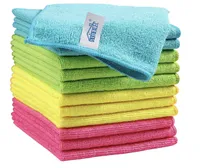Homeowners are cleaning their hardwood floors with black tea — and it actually works
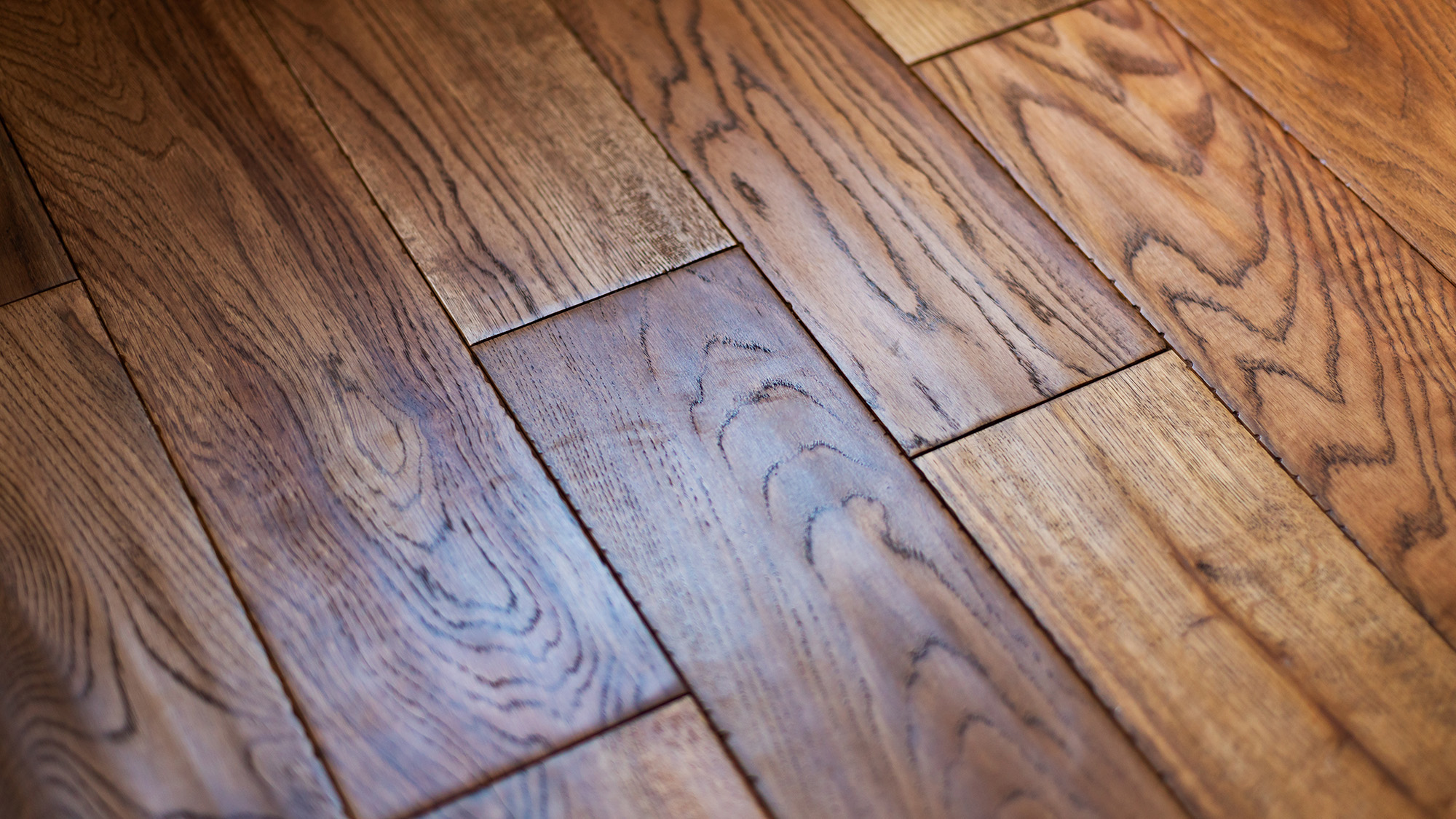
I’ve recently replaced my original wooden floorboards with a sleek new hardwood floor. I love that there’s no longer any gaps for cold air to seep through — it makes a big difference at this time of year. That said, I do worry about keeping it pristine and figuring out the best way to clean my hardwood floor without causing any damage.
I currently use a wet and dry vacuum to clean up the dust and mop my floor in one go, but it turns out there’s another solution hiding in my pantry. Besides making a fresh brew each morning, black tea can also be used to clean hardwood floors.
Why black tea?
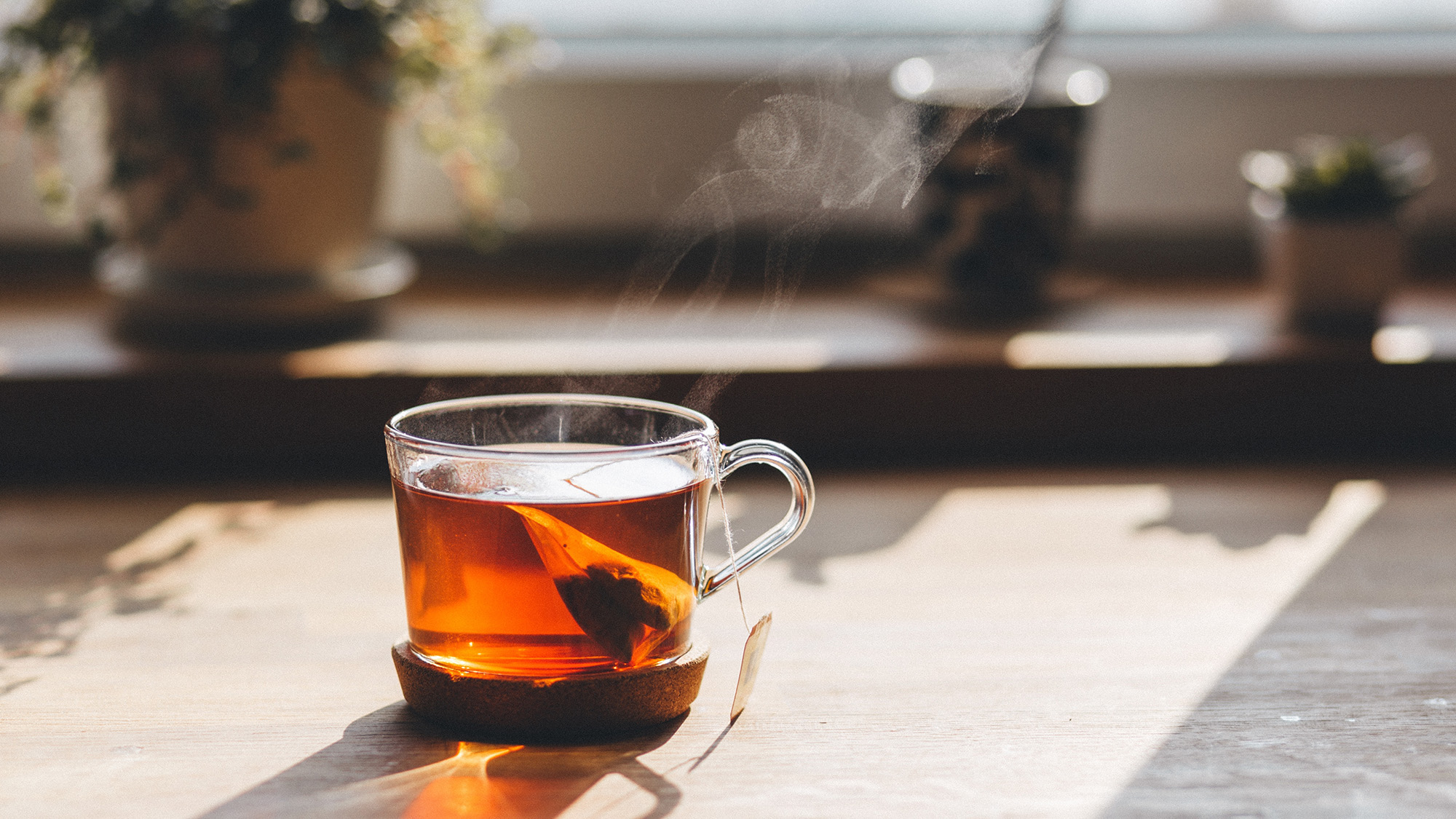
I was curious to learn why black tea makes an effective and natural hardwood floor cleaner.
“Black tea contains tannins, organic compounds that act as gentle astringents," explains Sara Aparacio, cleaner and home expert at Homeaglow, "helping lift dirt and grime from wood surfaces while subtly enhancing the wood's natural grain and warmth.”
She says that, unlike harsh chemical cleaners, black tea is safe, eco-friendly, and leaves no residue.
The tannins slightly darken the surface temporarily, adding warmth and depth to the wood’s tone
Larry Cochran, Cochran's Lumber and Millwork
Apart from cleaning hardwood floors Aparacio says that using black tea to can help restore shine, reduce the appearance of scratches, and even provide mild antimicrobial benefits.
Overall, she says it’s a “great and simple household solution.”
Get instant access to breaking news, the hottest reviews, great deals and helpful tips.
So, how does it disguise small scuffs? “The tannins slightly darken the surface temporarily, adding warmth and depth to the wood’s tone,” explains Larry Cochran, president at Cochran’s Lumber and Millwork.
How to clean your hardwood floor with black tea
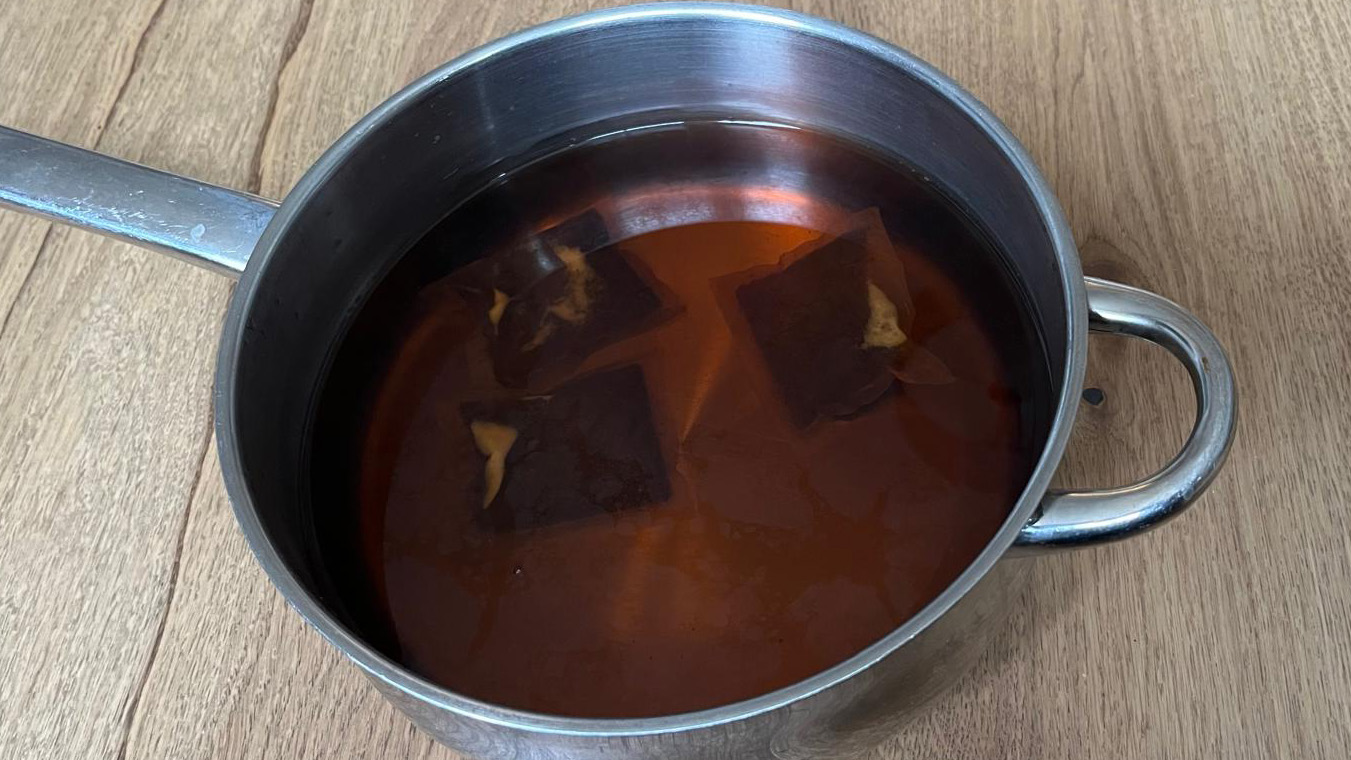
When making up the cleaning solution Cochran suggests steeping 3-4 tea bags in one quart of boiling water, and allowing it to cool to room temperature. He says, “Dip a soft, lint-free cloth or microfiber mop into the tea, wring it out thoroughly until just damp, and wipe the floor following the grain.”
Aparacio adds that it’s important to avoid excessive moisture, as it can damage the wood. She also recommends doing a spot test in a hidden area before cleaning the entire floor.
Alan Dewberry, flooring expert and owner at Tile Factory Direct, says he mops the floor in sections and uses only a lightly damp mop to avoid over-wetting the surface.
Once you've cleaned the floor, Aparacio recommends leaving the surface to air dry —there's no need to rinse.
I'll always opt for a multipack of microfiber cloths in a range of colors because then I can assign a different cleaning task around my home to each color. This 12 pack comes in pink, yellow, green and blue and each one has all the great features of a microfiber cloth; absorbent, reusable, scratch-free and super versatile.
What not to do when cleaning your floor with black tea
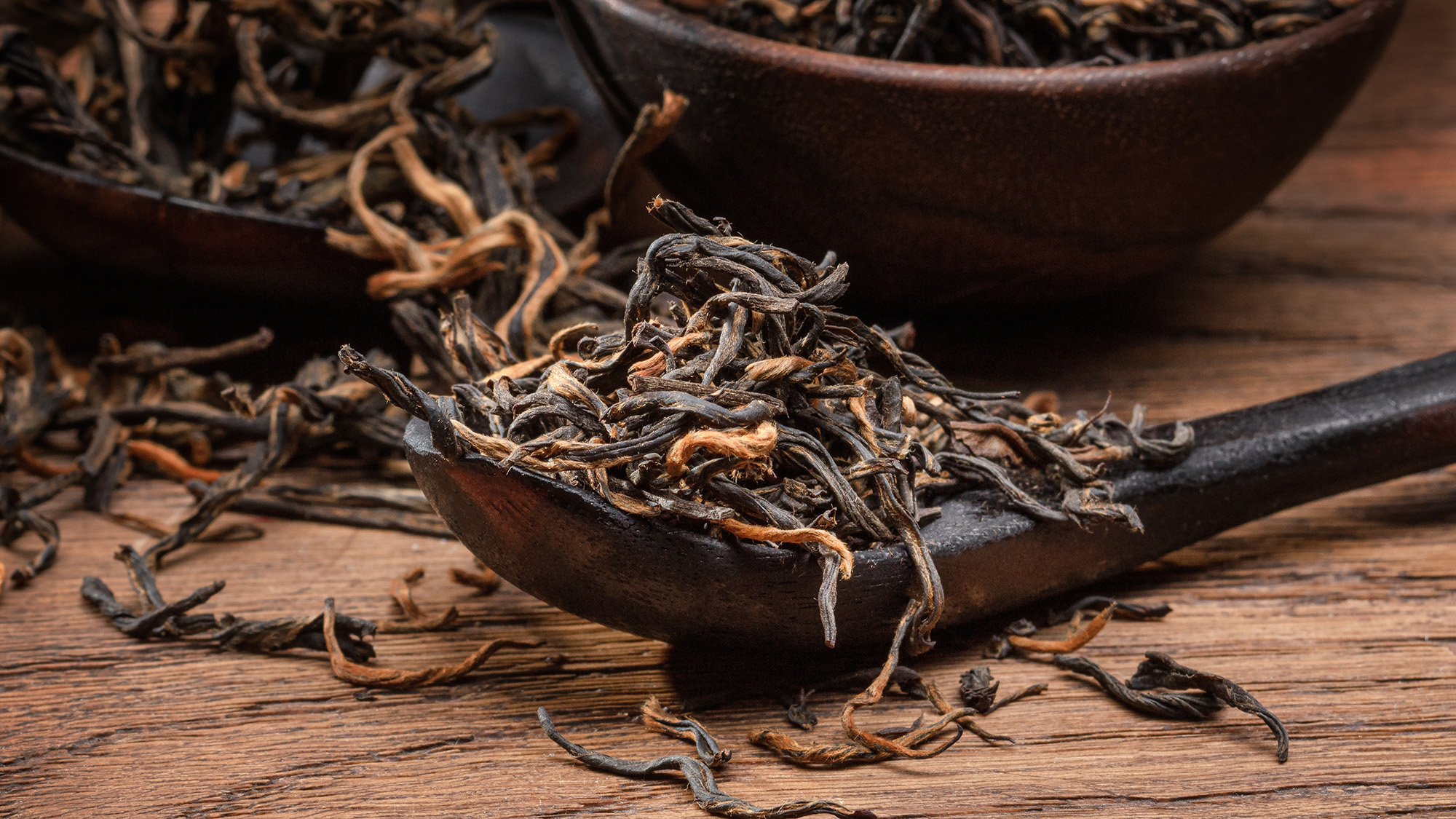
When cleaning a hardwood floor with black tea, it’s important to avoid unnecessary damage.
“Never put hot tea directly on the floor, because the heat and excess water will warp or harm hardwood,” warns Dewberry.
He also advises against using too much of the cleaning solution. “Hardwood is water-sensitive and too much exposure can cause it to swell or discolor,” he says.
There’s also another potential issue. “Black tea can be used to darken colors, but it may just darken lighter wood a bit, so I always recommend testing it on a small, inconspicuous spot first before applying it to the entire floor. That way, you'll get the effect you want without any surprises,” he adds.
When shouldn’t you use black tea?
While black tea is safe to use on most hardwood floors, Cochran warns against using it on certain types. “Avoid using it on unfinished, waxed, or oil-treated hardwoods, as even mild moisture can cause warping or clouding,” he says.
Follow Tom's Guide on Google News and add us as a preferred source to get our up-to-date news, analysis, and reviews in your feeds. Make sure to click the Follow button!
More from Tom's Guide
- 5 mistakes you’re making when cleaning floors — and expert tips to avoid them
- How to fix scratched wood floors to make them look like new
- 5 things you need to know before buying a wet dry vacuum cleaner

Camilla is the Homes Staff Writer and covers everything to do with homes and gardens. She has a wealth of editorial experience, mounting over 30 years, and covers news and features, tests products for reviews and compiles buying guides.
Her work has appeared in business and consumer titles, including Ideal Home, Real Homes, House Beautiful, Homebuilding & Renovation, and Kitchen & Bathroom Business. She’s even appeared on the cover of Your Home, writing about her own house renovation.
Although she’s obsessed with decorating her home, she also enjoys baking and trying out the latest kitchen appliances. But when she’s not inside, you’ll find her pottering about in her yard, tending to her vegetable patch or taking in her prized hydrangeas.
You must confirm your public display name before commenting
Please logout and then login again, you will then be prompted to enter your display name.
